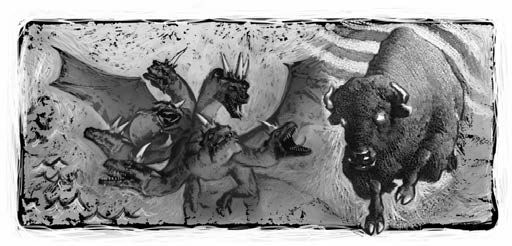Mordecai Msimanga turned to God and became a missionary to his fellow Zimbabweans after accidentally hearing a sermon from the Song of Solomon.
As a young man, Mordecai was baptized into the Seventh-day Adventist Church in Rhodesia in 1963 and moved to the country’s second-largest city, Bulawayo, to find work. He stopped praying and reading the Bible.
“I became a stubborn person who ran away from the church for twenty-two years,” he said.
During those years, he became a soldier and fought in Zimbabwe’s war for independence. After independence in 1980, he lived for himself and refused to consider God.
One day, he decided to buy a cow. The seller, however, was attending an Adventist camp meeting, so Mordecai went to look for him. Arriving at the camp meeting field, he learned that the seller had left for a short time, so he sat down on the ground to wait.
The preacher read from the Song of Solomon, and the words cut Mordecai to the heart. “Take us the foxes, the little foxes, that spoil the vines: for our vines have tender grapes,” the preacher read from Song of Solomon 2:15 (KJV).
The preacher said the foxes were gobbling up the Israelites’ crops and God was permitting this terrible thing to happen because the Israelites were stubbornly refusing to repent and obey Him. As Mordecai listened, he realized that he also faced destruction if he stubbornly refused to repent and obey God.
“I was the same as the Israelites who ran away from God,” he said.
He remembered the many times that God had protected him in the past. He had gone to war and returned without a single injury. His sins seemed enormous. Mordecai began to sob. He couldn’t contain his grief as the tears rolled down his cheeks, and his weeping turned into loud cries of anguish.
“I understood that I was a sinner in front of my God,” he said later.
Mordecai stood up and, crying loudly, walked up to the stage. The preacher halted his sermon and immediately made an altar call. Dozens of people, touched by the tears of the hardened military veteran, came forward to give their hearts to Jesus.
Mordecai, 68, has worked since 2006 as a Global Mission pioneer, a missionary who spreads the gospel among his own people in unreached areas. God has used him to cast out evil spirits and convert an entire church of 16 people, including the pastor.
Mordecai praised God that his plan to buy a cow collapsed. “The Spirit of God led me to sit and listen, and I thank God for that,” he said.
Read more at the link: bit.ly/mordecai-zimbabwe

